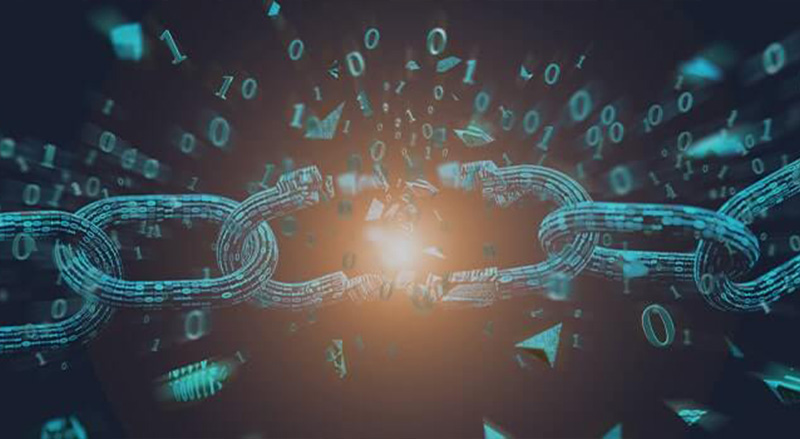Following several high-profile digital asset scams and thefts in recent years, focus amongst investors and developers has increasingly turned to the legalities should the worst happen, and what recourse is open to them to help them get back their assets.
Now for the first time Bitcoin can be frozen and recovered through a Digital Asset Recovery (DAR) process, making it possible for property rights to be enforced to recover stolen or lost coins, says Connor Murray, Head of Protocol Stability at Bitcoin Association for BSV.
Speaking at the recent TechCrunch Sessions, Murray explained how the process works and why the technology is a game-changer not only for BSV blockchain but other protocols too.
‘Not your keys, not your coins’
For the longest time, the Bitcoin and blockchain community has repeated the mantra ‘not your keys, not your coins’. While there is some truth behind this statement in that you can’t access or control coins without a private key, this is fundamentally not how financial assets work and is contrary to the property rights and legal structures set up across the world today, said Murray.
‘We throw up our hands and say they have the keys and it’s theirs now. But that’s not how any financial asset works. If a bank is stolen from, there are ways to get the money back. If I am stolen from (as a banking customer), there are mechanisms to get funds back.’
Murray noted that 20% of Americans have invested in some form of digital asset and that as the technology grows more popular, these types of problems are set to become more commonplace.
‘We want billions of people using this technology. But we can’t then tell them that they have to have the technical expertise, or if they lose a key, then all of their money is gone. That’s an absurd proposition.’
Digital Asset Recovery
To address these issues, the Bitcoin Association for BSV has developed a mechanism called Digital Asset Recovery. This enables assets on-chain to be frozen or recovered if they are lost, stolen or if they require ownership of transfer.
Murray noted that this is done simply by taking existing legal frameworks and applying them to blockchain technology in four steps:
- A plaintiff initiates a legal process to establish the ownership of coins they deem to be rightfully theirs.
- The plaintiff obtains a freeze court order or document of equivalent legal force and commissions a notary who can broadcast it to the miners through the Blacklist Manager tool.
- The notary acts analogously to a bailiff for conventional assets, translating legal documents into a machine-readable format and broadcasting it to miners.
- Miners receive the broadcast from a notary delivered to their Blacklist Manager, freezing the coins in question on the same consensus basis that the network uses now.
The Blacklist Manager and associated tools
Murray noted that the key focus is establishing legal ownership over an asset, or an equally binding order. Once this is done the court order is made machine-readable by the blockchain and is then broadcast to the node network.
He added that updates to the SV Node software allow for freezing UTXOs. This works in combination with a separate piece of software called the Blacklist Manager. The Bitcoin Association for BSV’s Blacklist Manager is a listening tool run by miners, enabling nodes to add digital assets identified in a court order to a freeze list.
A separate notary tool allows for a court order to be taken to a notary. That notary takes the court order, recognises the jurisdiction and domesticates it if necessary, and then broadcasts the legal order to the Blacklist Manager. If the miner recognises the court order, they can then act immediately.
‘Ultimately, blockchain is just a ledger. There are benefits from how the ledger is distributed across nodes in the network – but it is still a ledger and in accounting, we have ways to fix mistakes in a ledger. And a hack is ultimately a mistake in a ledger.’
Benefits of the Digital Asset Recovery technology
The advantages of this technology should be immediately obvious, but specific groups of people stand to benefit the most, said Murray.
- Investors: Everyone from institutional investors to grandmothers stand to benefit, provided they can prove ownership.
- Exchanges: Exchanges are arguably the group that most stands to benefit from the technology as they currently spend millions of dollars on risk analysis.
- Miners: There is an economic incentive for miners as they want to grow the network as much as possible and attract as many users as possible as this will ultimately lead to more money for them.
- Governments: Governments want this to stop and reassign coins that are the proceeds of crime.
You can find out more about the Digital Asset Recovery features here.
